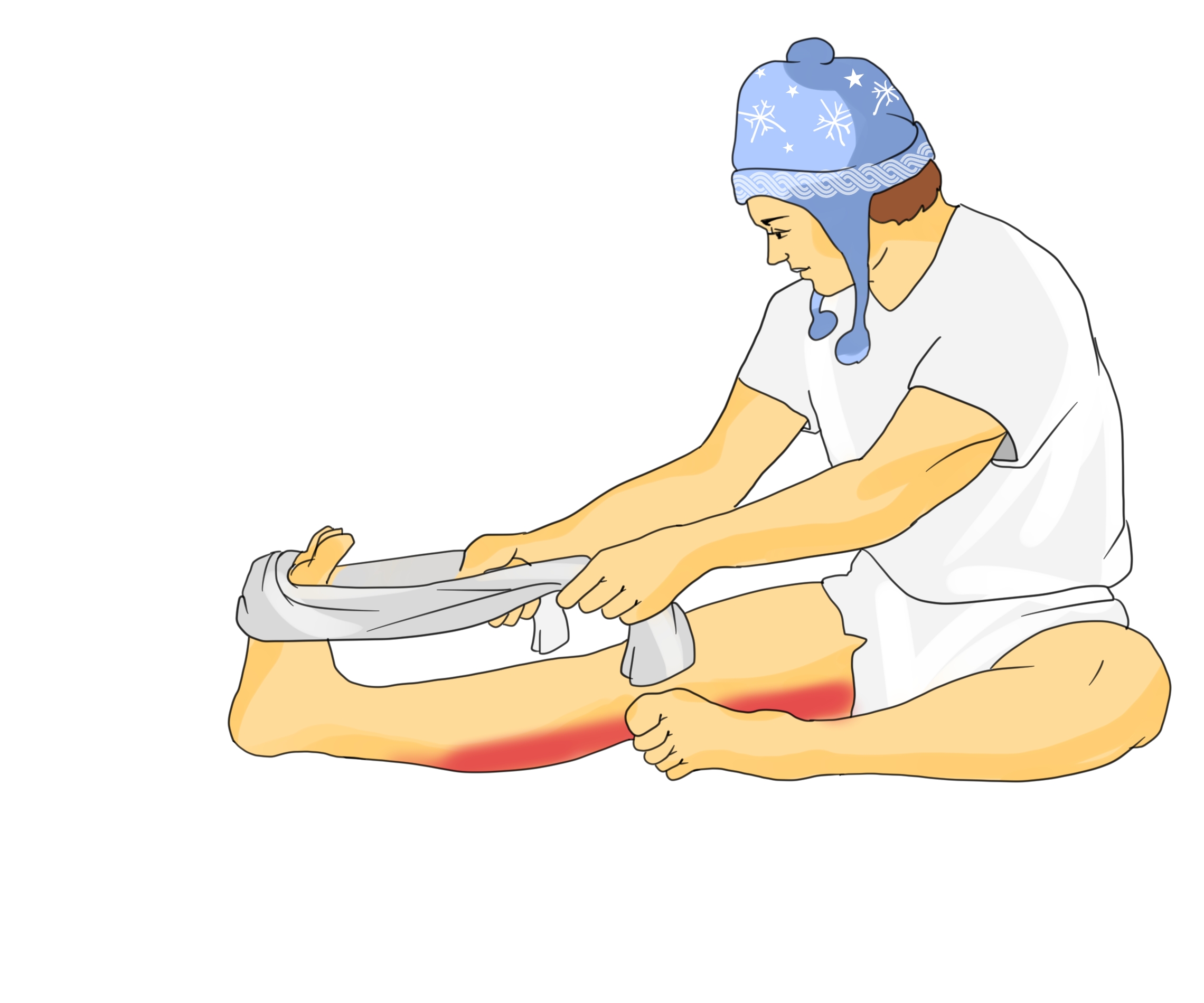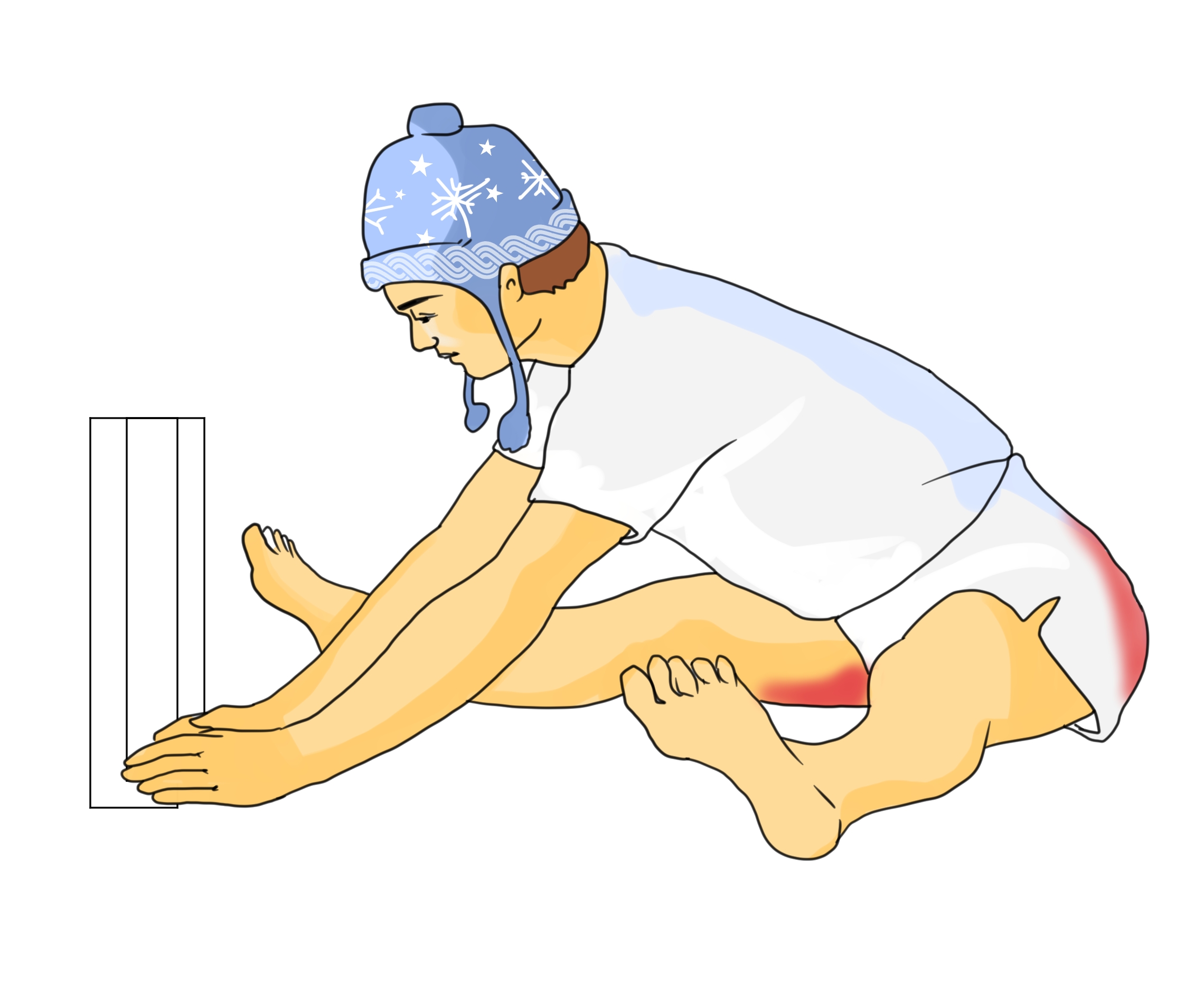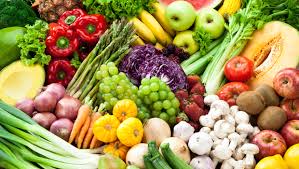There’s nothing worse than being snug in your bed during a deep sleep when suddenly you jump up in agonizing pain in your leg. Writhing around and trying to find that magic position to relieve your leg cramp while also trying to not make your cramp worse.
Usually the advice that I hear is a condescending “oh just eat more potassium.” That’s just bad advice because as you get older there are some relatively serious conditions that can cause leg cramps.
This article will discuss what leg cramps are, some causes, and what you can do when they happen and how you can prevent them.
Cramp vs Spasm
A cramp is a sudden, violent contraction of your muscle. While a spasm is a gradual guarding or protective splinting and tightening of your muscles. A spasm is usually due to an injury. A cramp happens when the muscle is quickly shortened.
Why Do Cramps Happen?
The reason for cramps is not completely known. Usually it happens when a muscle is suddenly and quickly shortened. The muscle groups that are most susceptible to cramps are your hamstrings, back of your calf muscles, and the bottoms of your feet but can also happen in your arms and hands. The common reasons for muscle cramps are overexertion, electrolyte imbalance and other medical concerns such as:
Less Severe:
- Dehydration
- Muscle overexertion, exercise, or injury
- Not enough calcium, potassium, and other elctrolytes in your blood
- Sitting for too long with your muscles in a shortened position
- standing for long periods on hard surfaces
Medical Conditions
- Kidney problems
- Anemia
- Circulation problems (arteriosclerosis)
- Cirrhosis
- Hyperthyroidism
- Hypothyroidism
- Type 1 diabetes
- Type 2 diabetes
- Neuromuscular disorders
- Osteoarthritis
- Parkinson’s Disease
Medications
- Anti-psychotic medications
- Birth-control pills
- Cholesterol medications
- Diuretics
If you have severe cramps often, it is recommended that you see your doctor to rule out any medical conditions and to look at medications you are taking to see if that might be a source of your cramps.
Cramps with No Medical Conditions
Mostly cramps may be as simple as you shortened your muscle too quickly. Some examples of actions that would cause your muscles to cramp:
- Pointing your toes may cause your feet or back of your calf to cramp
- bending your knees, especially when your bringing your calf up towards your buttocks, can cause your hamstrings to cramp.
- Grasping or closing your hands can cause your hands to cramp.
Other reasons you may experience cramps are muscle over exertion, not having enough fluid, or electrolytes after activity. If you are relatively healthy and you didn’t just shorten your muscle very quickly then it might be helpful to ask:
- Have you increased your exercise especially in the lower body such as running, squats, or anything that targets your hamstrings and calves?
- If yes, did you stretch afterwards? Did you drink plenty of water and eat a decent amount of fruits or vegetables afterwards?
- Just adding these may help with your cramping at night.
Here are some things that you can do during a cramp and to curtail a cramp from happening.
When the cramp hits try to put the muscle on stretch. You can also put pressure on the area. After the cramp happens put some heat on the muscle. This will help with the pain from the sudden contraction.
Here are some stretches that target the hamstrings,calves, and feet as these are the most affected muscles for cramping. Stretching after activity may help prevent cramps from happening.

Sit with your leg straight and your foot pointed up. You can use a towel to help keep your foot pointed up. This will help stretch the bottoms of your feet, back of your calf, and hamstrings.

On a wall for support, straighten you back leg. Keep the toes of your back leg pointed forward. This will target the muscles of the back of your calf.

This stretch will target your inside hamstring muscles. Sit with your legs in a V shape. Don’t start too far apart at first, make sure it is a comfortable stretch. Don’t let your feet fall out to the side, instead let the toes point up.

This is the second part of the above stretch. To get more of a stretch bend at your hips to lean forward.
After Exercise
If you increase your level of exercise significantly be sure to take the time to stretch especially if you increase your lower body exercise. In addition to stretching you can add some heat to the muscles you worked out either with a heat pad or a hot shower.
Also make sure you drink plenty of water after your exercise and consider have extra servings of fruits and vegetables.
Most people when they think of electrolytes think sodium and potassium. There are actually others. Rather than just get an electrolyte drink you’re probably just better off increasing your fruits and vegetables intake.

Here’s a list of electrolytes and what they do for your muscles:
Calcium: This is my favorite as you may think of calcium as being mostly for bones. However, calcium is also very important in muscle contraction and nerve transmission as well as blood clotting. If your blood does not have enough calcium your body will pull it from your bones. Good sources are collard greens, broccoli, broccoli rabe, kale, edamame, bok choy, figs, oranges, white beans, okra, tofu, and almonds
Potassium: Is important for helping with nerve transmission. Potassium is found on the inside of cells and works together with sodium as an electrical pump. Potassium also helps regulate heart beat and muscle function. Good sources are meat, milk, fruits and vegetables. Some other sources are avocado, spinach, sweet potato, coconut water, kefir or yogurt, white beans, banana, acorn squash, dried apricots, and mushrooms.
Magnesium: Helps maintain normal nerve and muscle function, helps in synthesis of DNA and RNA, boosts your immune system, regulates heart rate, stabilizes blood sugar, and helps in formation of bones and teeth. Good sources include nuts, spices, leafy green vegetables, coffee and tea.
Sodium: Helps maintain nerve and muscle function, controls amount of water in your body, and regulates blood volume. Sodium is found on the outside of cells and works with potassium as an electrical pump.
Chloride: Works with sodium to maintain the balance of the fluid compartments of the body. Your body mainly gets this from the salt you eat.



Leave A Comment